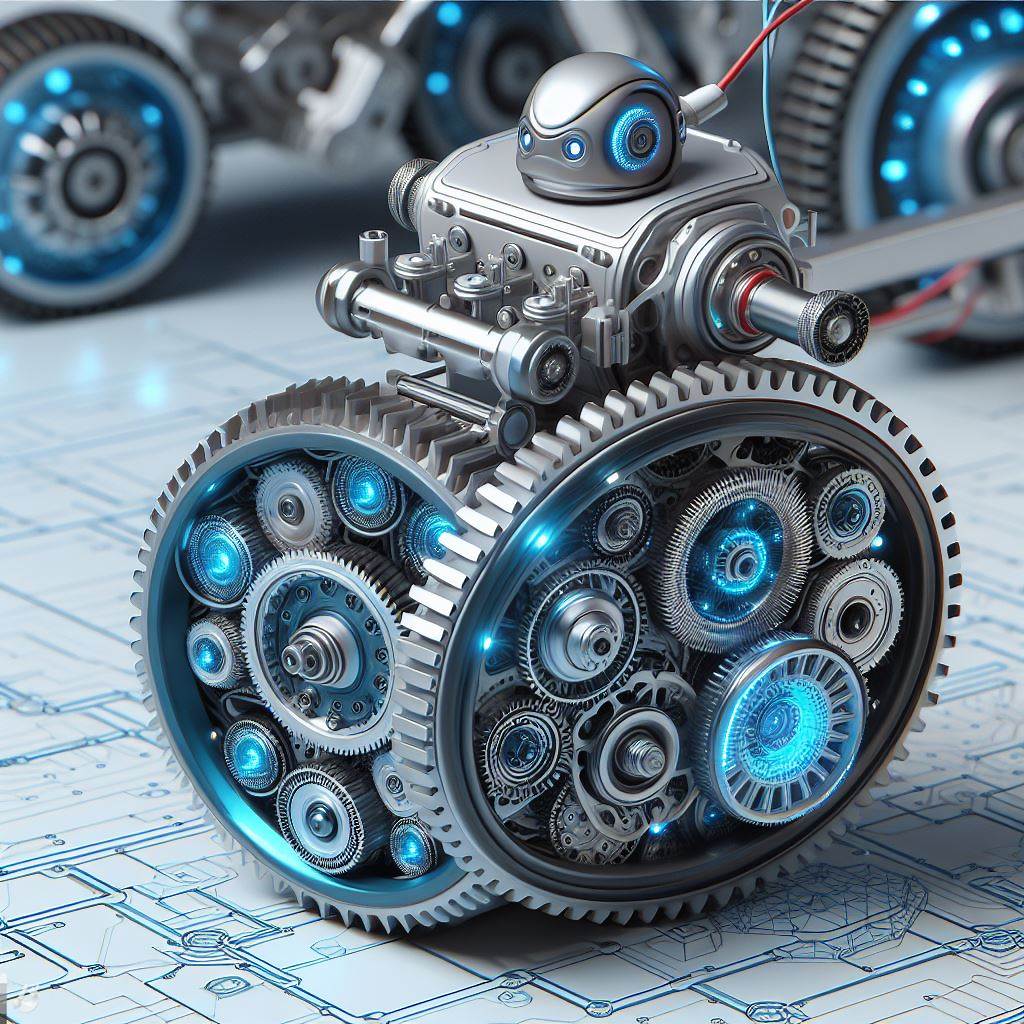
In a groundbreaking exploration, a collaborative research team from Intel Labs (Germany), University College London (UCL, UK), and VERSES Research Lab (US) has harnessed the power of hierarchical generative models to revolutionize the motor control capabilities of autonomous robots. The findings, published in Nature Machine Intelligence, showcase the application of these models in achieving human-inspired motor control, providing a glimpse into the future of robotic intelligence.
Understanding the Research: The research, led by Assoc Prof Zhibin (Alex) Li and distinguished neuroscientist Prof Karl Friston FMedSci FRSB FRS, draws inspiration from the intricate mechanisms of biological intelligence and motor control observed in humans. By utilizing hierarchical generative models, the team developed software, machine learning algorithms, and control systems to enhance the ability of autonomous robots to seamlessly perform intricate tasks.
Key Findings: The study demonstrates the adaptability and precision achieved through the implementation of hierarchical generative models. The team's extensive simulations depict a full-body humanoid robot successfully executing tasks within a warehouse setting, from transporting boxes and opening doors to operating conveyor belts and playing soccer. Notably, the robot maintained functionality even under physical damage.
Hierarchical Generative Models in Action: The core of the technique lies in organizing tasks into hierarchies, mapping overarching goals onto the execution of individual limb motions at various time scales. The generative models predict consequences, facilitating complex planning and coordination. For instance, the model seamlessly coordinates the global plan of walking toward a destination with close monitoring of balance while carrying and placing objects.
Inspiration from Nature: Assoc Prof Li emphasizes the significance of drawing inspiration from the organizational structure of the human brain. The team advocates for leveraging the knowledge gained from replicating separate human-level intelligences and applying it at an organizational level to design more efficient and intelligent robotic systems.
Promising Future Prospects: Initial experiments are promising, showcasing the potential of hierarchical generative models to transfer human capabilities to robots. The researchers envision future experiments on physical robots to further validate and refine their approach, ultimately contributing to the development of artificial general intelligence (AGI) with embodied physical robots.
Conclusion: As robotics strides towards a future where artificial intelligence mirrors human capabilities, the utilization of hierarchical generative models emerges as a pivotal advancement. This study paves the way for a new era in robotics, where the collaboration between human-inspired design and cutting-edge technology brings us closer to the realization of intelligent, capable, and adaptable robots.